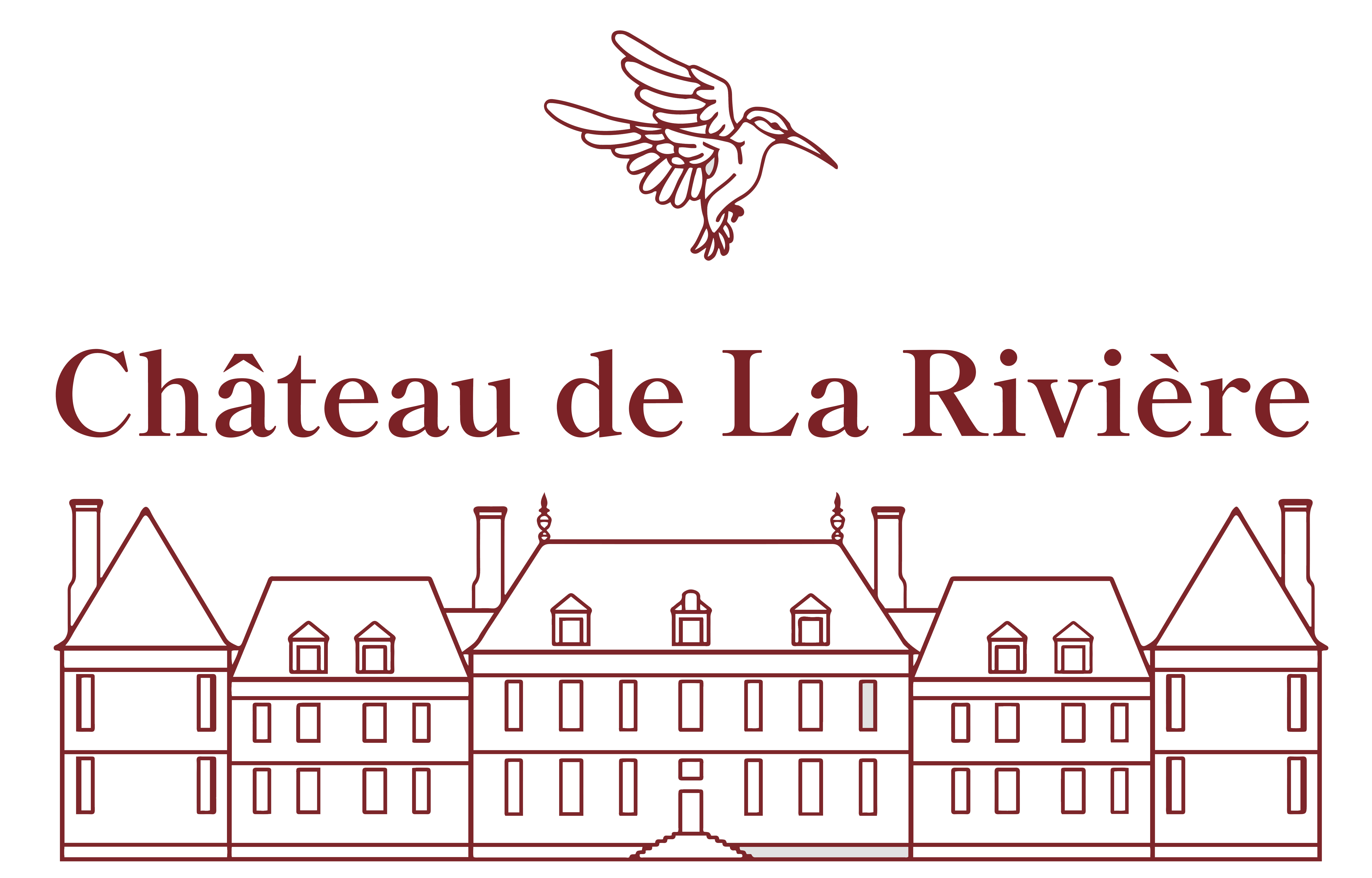


The Château de La Rivière
400 years of history
A remarkable 17th-century château at the gateway to the Perche region, 90 minutes from Paris. The Château de La Rivière is an architectural gem with a rich and fascinating history.


1617
the foundation stone laid
The Château de La Rivière is a remarkable early 17th-century complex, elegant and little changed in four centuries. Construction of the buildings took place between 1617 and 1643 on a medieval foundation. The complex is surrounded by moats and canals dug at the same time as the château was built and fed by the River Eure. The river flows between the château and the star-shaped park. The entire layout of this 17th-century park (Louis XIII), with its paths, canals and walls, still exists today and covers 140 hectares, including the Boizard mill.



The birthplace of the d'Aligre family
For more than three centuries, the Château de La Rivière was owned by the illustrious d'Aligre family. It was built by the first Chancellor d'Aligre (Etienne II), who began construction and died there before the work was completed. His son, Etienne III d'Aligre, also a Chancellor, completed the construction of the château and the park as we know it today.
The Château de La Rivière remained the property of the d'Aligre family until 1926 (except for a brief period during the Revolution). It has had various owners since then.
During the Second World War, it housed a school for girls. Between 1954 and 2009, it was owned by a family well known in film production and distribution. Many film personalities often visited, such as Michel Audiard, Jean Gabin and Lino Ventura.
Since 2009, extensive restoration work has been underway.
Château de La Rivière began a new chapter in its history with the arrival of a passionate family in 2009.
Extensive renovation work was undertaken, carried out with deep respect for the authenticity of the site.
Due to its unique history, La Rivière had suffered from a lack of regular maintenance since the Revolution. Apart from occasional and often unfortunate work at the end of the 19th century, no serious renovation work had been carried out on the exterior (canals, masonry, grounds) or on the buildings during this very long period.
After an initial series of archival research to understand and document the construction and history of the château, work began in 2010. Since then, campaigns have been carried out every year, often on several fronts at the same time. Among the major achievements, several emblematic projects have already been completed. The wall of the vegetable garden, a silent witness to centuries of cultivation, has regained its nobility. The access bridge, the gateway to this exceptional estate, has been skilfully reinforced. The roofs of the outbuildings and the terraces have been rebuilt, and the counterscarp has been restored. The last major project, the main courtyard and the courtyard of the outbuildings, was completed in spring 2024.
The Château de La Rivière is listed in the supplementary inventory of historic monuments. The work is being carried out in close collaboration with the Regional Conservation of Historic Monuments and the Architecte des Bâtiments de France.These years of restoration, carried out with passion and high standards, culminated in 2024 with the opening of five guest rooms in the heart of the château. Completely renovated, they offer our visitors the unique opportunity to stay in a place steeped in history, where each restored stone bears witness to the care taken to preserve the soul and elegance of Château de La Rivière.


A promising future and the experience of the Château
The future of Château de La Rivière is equally promising, with ambitious projects that will continue this quest for perfection. The ongoing restoration of the moats and bridges promises to enhance the castle's surroundings, while the complete renovation of the Moulin de Boizard mill will open up new possibilities. The redevelopment of the kitchen garden and orchard and the planting of new rows of trees along the historic axes (17th-century canals and avenues) aim to recreate the harmonious landscape of yesteryear. At the same time, our guest rooms remain open all year round, offering a luxurious retreat, and guided tours of the interiors are available from June to September, inviting everyone to share in the dream of this revitalised heritage.




































